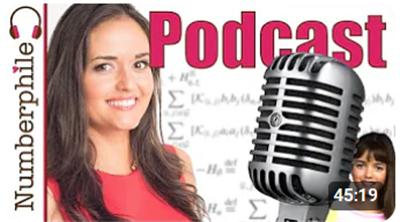 I recently watched a remarkable and surprising interview on Numberphile of the actress Danica McKellar. She began as a child actress and recently has played romantic roles on the Hallmark series of TV movies. So it comes as a surprise to find she was an undergraduate math major, and with a female colleague and the help of their advisor one summer proved a theorem involving math and metallurgy.
I recently watched a remarkable and surprising interview on Numberphile of the actress Danica McKellar. She began as a child actress and recently has played romantic roles on the Hallmark series of TV movies. So it comes as a surprise to find she was an undergraduate math major, and with a female colleague and the help of their advisor one summer proved a theorem involving math and metallurgy.
She was terrifically articulate and enthusiastic during the interview and made a number of telling observations that would be helpful for any student, especially girls, who might find they like math in grade school and might even consider majoring in it in college.
Her big emphasis was on self-esteem and the importance of reaching girls to support any interest they might have in math against the negative forces they often experience. To this end she has written a series of math books, each tailored to a different grade-level of students. But she feels the middle school years are especially critical to support girls in math.
Perhaps the thing I liked best in the interview (maybe because it echoed my own views) was her attitude towards math—she loved solving puzzles. In fact, just doing math was its own reward. She politely deflected all efforts by Brady, the interviewer, to ask if she regretted not pursuing a professional career more devoted to math. Not to knock Brady’s fine interview but I found this line of questioning supporting the current utilitarian view of education (What good is it, how can it be of use to help me earn a living) to be a bit condescending. And there was even a whiff of what the most important thing to do with math and what the professors are training students for is math research. Since most math majors and even math Ph.D.s are not going to find employment in academia, math as an ancillary component to one’s career is the most one could imagine in this context. But above and beyond that is the real truth: math is fun for its own sake, and Danica McKellar championed that in spades. I don’t think I have seen anyone unabashedly extol the joys of doing math as well as she did.
I heartily recommend this interview to anyone, especially young girls, who might have a secret affection for mathematics but fear some stigma that might attach to them if they admitted it.
Some links from Youtube:
For a PDF version see Danica McKellar Interview.
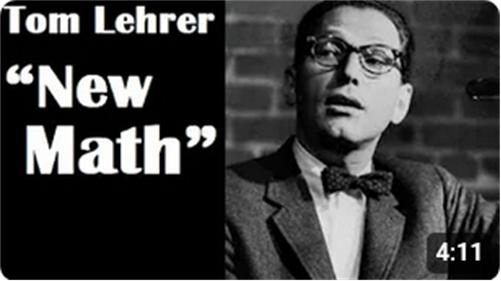 I see another icon of the past has passed away: Tom Lehrer. Lehrer was a mathematician who put his talents to great use, in contrast with mathematicians like the neocon Paul Wolfowitz and Iraqi Ahmed Chalabi who helped foment the Iraq War. He skewered all the shibboleths of the times (1950s and 60s) with his pre-politically-correct take-downs, mainly to the music of Gilbert and Sullivan.
I see another icon of the past has passed away: Tom Lehrer. Lehrer was a mathematician who put his talents to great use, in contrast with mathematicians like the neocon Paul Wolfowitz and Iraqi Ahmed Chalabi who helped foment the Iraq War. He skewered all the shibboleths of the times (1950s and 60s) with his pre-politically-correct take-downs, mainly to the music of Gilbert and Sullivan.
 On March 7 one of my favorite bloggers, Kevin Drum,
On March 7 one of my favorite bloggers, Kevin Drum,  I have written about this a bit in my “Symbolic Algebra Timelines”
I have written about this a bit in my “Symbolic Algebra Timelines” 
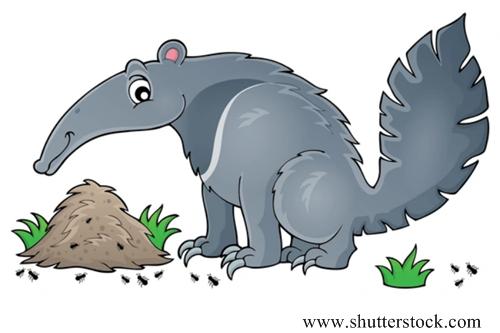 In this moment when the collective actions of humans seem to be hurtling towards several cataclysms (burning up the planet, ending the American Experiment), I am reminded of a powerful image that invaded my psyche some 45 years ago. It was from Douglas Hofstadter’s magnum opus, Gödel, Escher, Bach (1979) and concerned his investigation of what became popularized as “emergent behavior” and “self-organization.” This was in the early days of chaos theory and Holland’s emerging complexity theory. Conway’s artificial life cellular automaton, the Game of Life, was the screen saver on countless computer terminals and burgeoning personal computers. It was also the time when neural nets were beginning to capture the imagination of machine learning researchers among the artificial intelligence community.
In this moment when the collective actions of humans seem to be hurtling towards several cataclysms (burning up the planet, ending the American Experiment), I am reminded of a powerful image that invaded my psyche some 45 years ago. It was from Douglas Hofstadter’s magnum opus, Gödel, Escher, Bach (1979) and concerned his investigation of what became popularized as “emergent behavior” and “self-organization.” This was in the early days of chaos theory and Holland’s emerging complexity theory. Conway’s artificial life cellular automaton, the Game of Life, was the screen saver on countless computer terminals and burgeoning personal computers. It was also the time when neural nets were beginning to capture the imagination of machine learning researchers among the artificial intelligence community.
 After a hiatus of four years, Stephen Welch is back with some timely videos at
After a hiatus of four years, Stephen Welch is back with some timely videos at 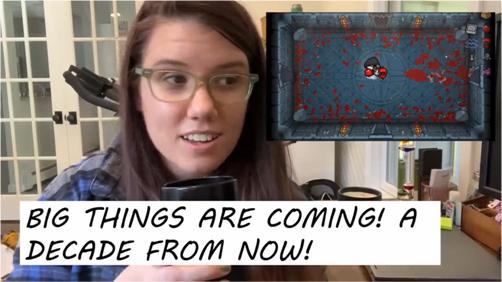 One of the physics blogs I enjoy reading is by the mathematical physicist Peter Woit, called
One of the physics blogs I enjoy reading is by the mathematical physicist Peter Woit, called 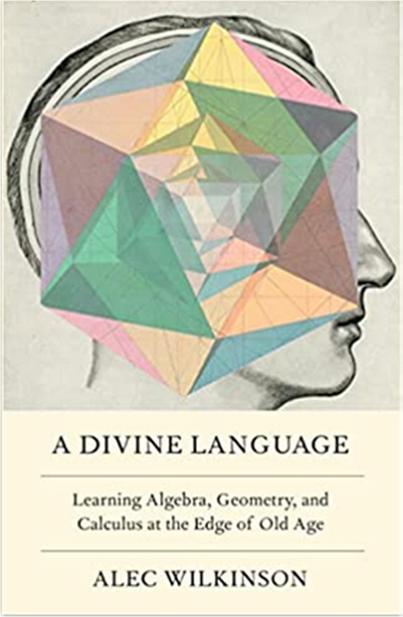 I have just finished reading a most remarkable book by Alec Wilkinson, called A Divine Language: Learning Algebra, Geometry, and Calculus at the Edge of Old Age. I had read an
I have just finished reading a most remarkable book by Alec Wilkinson, called A Divine Language: Learning Algebra, Geometry, and Calculus at the Edge of Old Age. I had read an 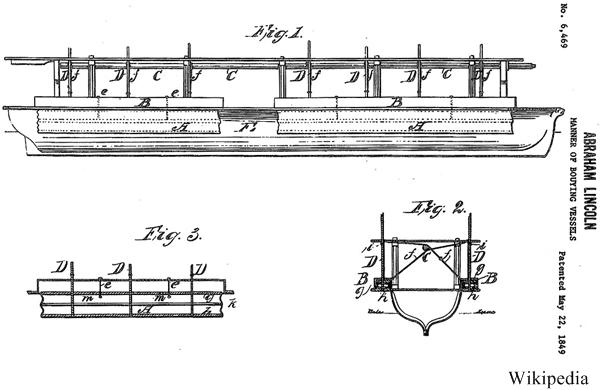 I thought there was nothing new we could learn about Abraham Lincoln, but I see I was quite mistaken after reading Sidney Blumenthal’s
I thought there was nothing new we could learn about Abraham Lincoln, but I see I was quite mistaken after reading Sidney Blumenthal’s